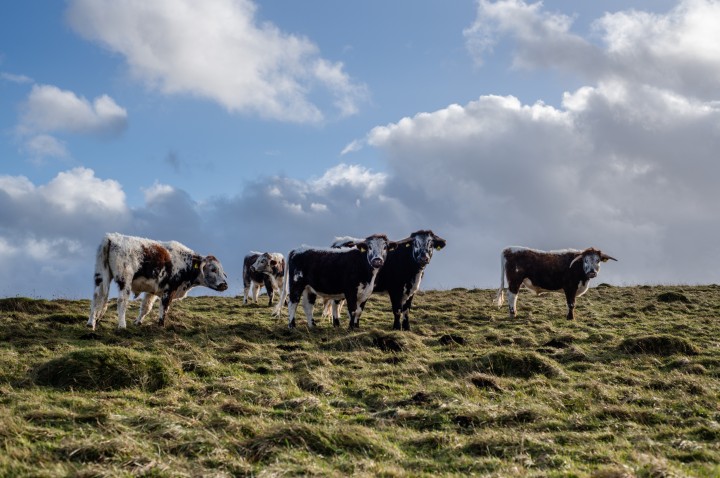For some farmers, working hand in glove with major conservation or heritage organisations would be a challenging prospect. For Elise Sutton, it is pretty close to her dream job.
Elise is a stockperson at Cherry Lodge Farm in Wiltshire, which is home to Parsonage Down National Nature Reserve. She manages the herd of English Longhorn cattle that graze 650 acres owned by Natural England on the southern edge of Salisbury Plain, a prehistoric-looking “Stonehenge landscape” of open chalk grassland.
It’s a job that brings together Elise’s twin passions for conservation and livestock farming. Initially intending to pursue a career helping nature, Elise failed her A-levels and ended up heading to an agricultural college for a course in countryside management. A summer placement helping a National Trust grazier gave her a love of farming, and during her degree, she was able to spend a year doing conservation grazing at a Wildfowl and Wetlands Trust (WWT) reserve.






